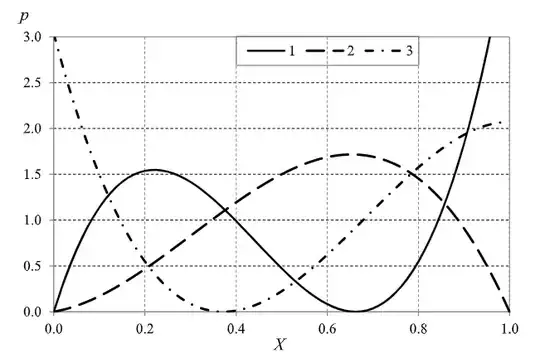Recently, I read a fascinating article by E. Klarreich on intransitive dice. Among other things, the authors give an example of a triplet of dice $A$, $B$, and $C$ such that the probabilities of $A$ beating $B$, $B$ beating $C$, and $C$ beating $A$ are all higher than $1/2$.
The particular example they gave consisted of the three six-faced dice with the following amount of values on each side, all adding up to $21$: $A = (3,3,3,3,5)$, $B =(2,2,2,5,5,5)$, and $C = (1,4,4,4,4,4) $. Now, $A$ beats $B$ on $58\%$ of rolls, $B$ beats $C$ on $58\%$ of rolls, and $C$ beats $A$ on $69\%$ of rolls. Therefore, the transitivity property for this particular triple of dice does not hold: non of them is stronger than the others. According to analytic number theorist B. Conrey (who has co-authored a notable paper on the subject), “It’s not intuitive at all that [intransitive dice] should even exist.”
Another example of intransitivity comes about when considering human preferences for three or more different options to choose from. This sometimes happens, for instance, during political elections. More information on this phenomenon is provided in e.g. the following paper by A. Y. Klimenko.
Though I think the second example is interesting as well, I suppose it has more to do with cognitive and political theory than with formal mathematics. I am mostly curious about counterintuitive examples of intransitivity the first type, which pertain to mathematics itself.
Question: what other counterintuitive instances of intransitivity have been discovered in the field of mathematics?




